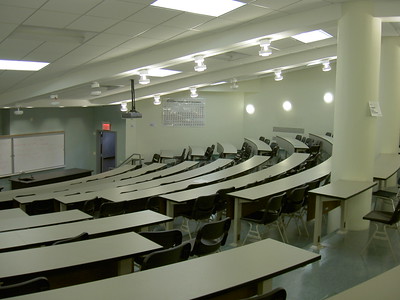Michigan’s colleges and universities have seen significant enrollment declines in the past several years. The phenomenon is not new. Colleges and universities have seen enrollment declines for the better part of a decade. Few institutions in Michigan have seen enrollment increases. But when you read about these declines, almost without fail, the universities say that they’ve been watching the so-called “enrollment cliff” for years.
For example, in a recent interview with WXYZ-TV (Channel 7 in Detroit), Dan Hurley, CEO of the Michigan Association of State Universities said:
“We have a diminishing youth pipeline… We are one of the top states in the nation in terms of the forecast decline in high school graduates and so we’ve seen this slow train coming for years now.”
So, in other words, the state’s higher education institutions saw future enrollment declines years ago and apparently did nothing about it. Lest you think that community colleges reacted differently than the universities did – nope. Same thing.
In the 2020-2021 school year, there were 113,400 12th grade students in schools in Michigan. Slightly more than 54% of them indicated that they planned to enroll in a post-secondary program. That’s lower than the national average of nearly 70%.
When you see the “slow train coming for years” regarding enrollment declines, and you make your living in a state where the post-secondary enrollment rate is 16 points below the national average, shouldn’t you at least try to increase the number of students who plan to go to college? And shouldn’t you try to keep Michigan high school graduates in Michigan?
Enrollment declines may have been avoidable
To put numbers on it, if the Class of 2021 was true to its word, 61,200 of them enrolled at a post-secondary institution. If the Class of 2021 hit the national average enrollment for high school graduates, that would have put 17,200 more students in college classrooms in the fall.
I’ve said this before, but it bears repeating. Most undergraduates in four-year programs are between the ages of 18 and 22. Community colleges aren’t really limited to enrolling students in that age bracket. They can mitigate enrollment declines by recruiting students from other age brackets. But getting those students to enroll will require additional efforts like condensed classes, more grant-based financial aid, and childcare on campus. (Because older students tend to have young children.) In fact, not having childcare on campus is a good way to discourage students from enrolling in classes.
Post-secondary administrators who saw the approaching enrollment declines and did nothing are not entitled to complain about their declining enrollments.
Photo Credit: vmax137 , via Flickr








